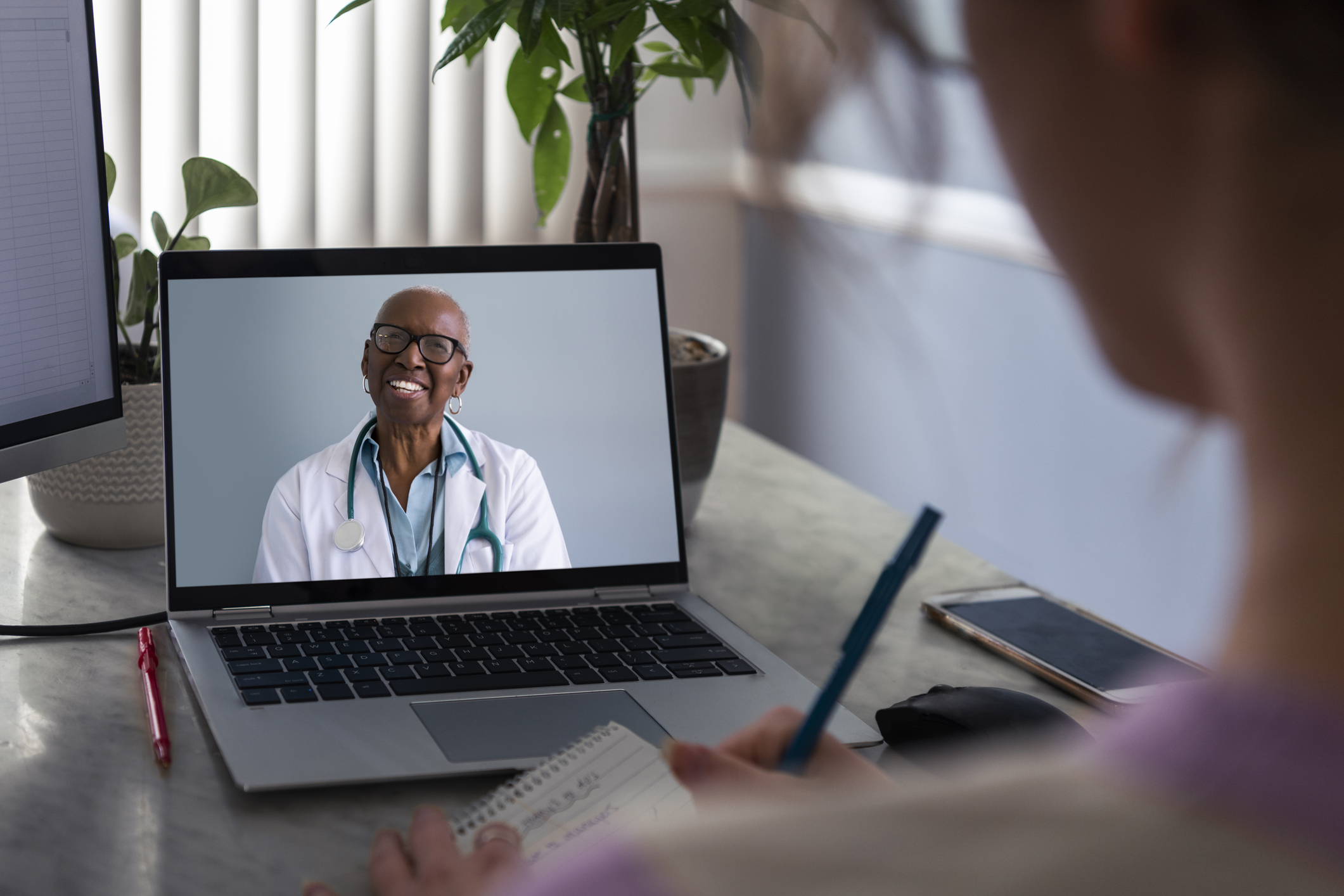While it arose suddenly as a necessary adaptation during pandemic lockdowns, the use of telehealth has proliferated and opened our eyes to exciting new ways to increase patient access to care. From the elderly to those living in rural communities, to those without transportation and everyone wanting efficient and uncomplicated access to care, telehealth has been a boon to patients and physicians alike. It has also provided healthcare organizations coping with cutbacks in services during the pandemic with a vital revenue stream while opening the door for post-pandemic revenue recovery that increase healthcare services access.
This blog was contributed by Dr. Jared Pelo, co-founder at Bionic Health.
Recently, a colleague told me about her ailing father. He’s a bedridden 83-year-old who is obese and has diabetes. Already a challenge before the pandemic, ensuring that he made it to his healthcare appointments safely and comfortably became even more difficult due to pandemic restrictions. But with the return of physician house calls, the easy access to telehealth appointments, and the support of his family, it’s been possible for him receive the care he needs while staying at home.
According to the U.S. Census Bureau, the population of adults 65 and older has increased by more than a third (34.2%) in the past decade and by more than 3% in just two years from 2018 to 2019. Healthcare professionals recognized the steadily rising need for physician house calls and telehealth services before COVID. Demand skyrocketed when the pandemic struck and set the stage for even more significant growth. It is estimated that more than 20% of all medical visits in 2020 were conducted through telemedicine.
The increase has opened our eyes to see telehealth as a way to expand access to patient care to older, more vulnerable patients as well as the general population. For bedridden patients, those who don’t have easy access to transportation, those who don’t have needed care facilities in their community, those strapped for time, consumers who expect fast and efficient online services, and those who simply appreciate the uncomplicated ease of it all — telehealth has proved to be a convenient and effective way to receive care.
For providers, it’s a great way to take care of patients in need, expand patient geographic reach, keep revenue coming in during COVID, and address revenue recovery concerns post-COVID. But desire and ability to adopt telehealth more broadly may depend on the tools to conduct telehealth visits. If it’s cumbersome, it’s just an added burden. But if it’s efficient and easy, I think you’ll find it’s is well worth the time.
By now, most of my fellow physicians have probably had some experience delivering care via telehealth. And if I had to guess, it involved a lot of what I’ll call “tech toggling” – clicking between windows and screens to access the EHR, the telehealth platform, the laptop, phone, etc. But it doesn’t have to be that hard or an awkward distraction during patient encounters.
At Nuance, we’ve created a solution called the Nuance Dragon Ambient eXperience (DAX), an AI-powered ambient, voice-enabled solution that automatically captures and converts telehealth conversations into clinical notes. It can be used for telehealth and office visits in all ambulatory specialties, including primary care and urgent care. It’s effortless to use – conduct a telehealth visit and use the DAX mobile app to capture the conversation.
The notes that DAX creates are more than simple transcripts. They are created intelligently in context for clinicians, tailored to each specialty, and adhere to established documentation standards reducing the burden of compliance expertise and enabling appropriate coding. The notes are detailed and accurate and are captured automatically so you can focus on the patient instead of tech toggling and typing notes on the fly or later.
For Microsoft Teams users, DAX is integrated with Teams for a seamless experience. For Epic users, Teams integrated with Epic makes DAX readily available, so you don’t even need to leave the EHR to conduct and document telehealth visits.
It’s clear – and a good thing – that telehealth is here to stay. With the learning curve of 2020 behind us, in 2021 we can take fuller advantage of telehealth and deliver on its potential to serve the needs of all who need our care.
To learn more about Nuance DAX, watch this video about the DAX mobile app and attend an upcoming live stream demonstration.






